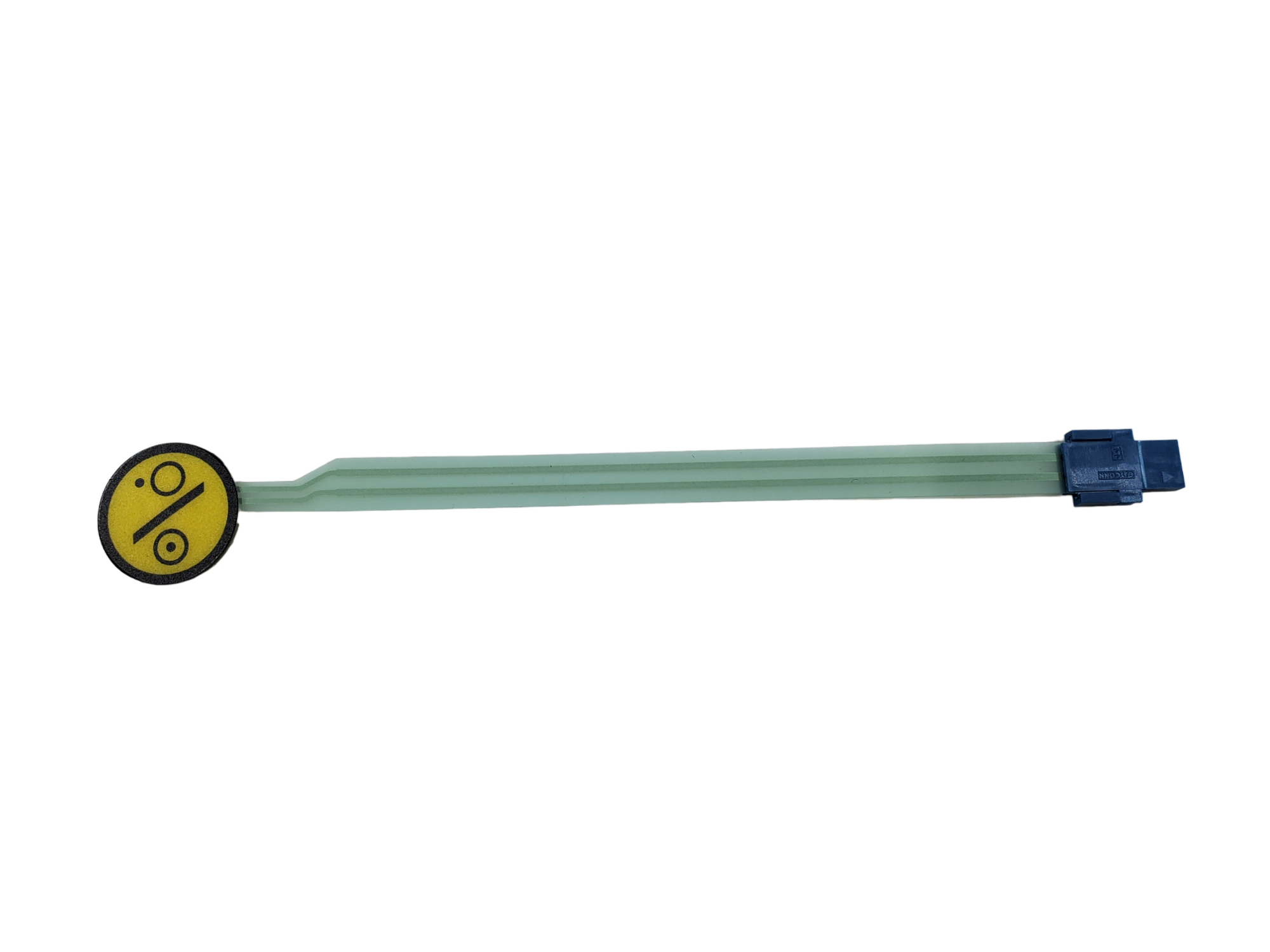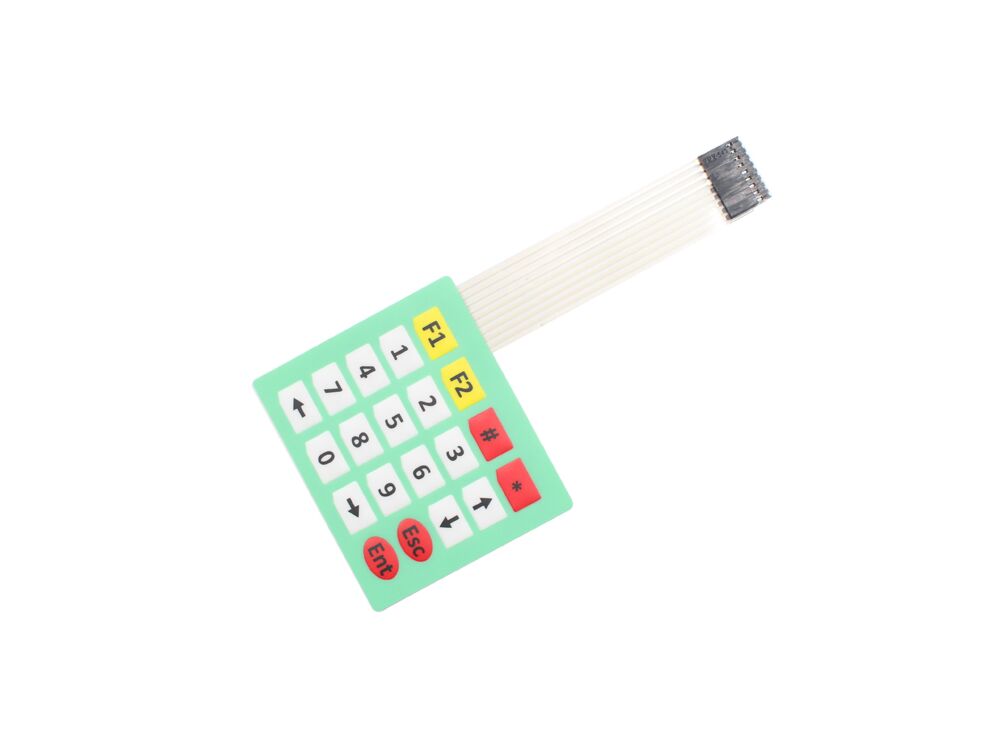Why Membrane Switches are Ideal for Durability and Performance
Why Membrane Switches are Ideal for Durability and Performance
Blog Article
Recognizing Membrane Layer Switches: The Secret to Durable and Trusted Controls

What Are Membrane Layer Buttons?
Membrane switches are a sophisticated option in the world of interface technology, incorporating performance and style seamlessly. These tools function as a user interface between customers and electronic systems, integrating several components into a compact style. Normally built from adaptable, thin layers of products, membrane layer buttons are created to react to touch, enabling customers to connect with equipment and digital devices properly.
The key components of a membrane button consist of a published circuit layer, graphic overlay, and a spacer layer that prevents unintended activation. The graphic overlay can be customized to show brand name identification or user preferences, boosting appearances while ensuring use. Membrane buttons are commonly made use of in various applications, including medical tools, consumer electronics, and commercial devices, owing to their durability and resistance to environmental factors such as dampness and dirt.
One of the vital advantages of membrane layer switches is their ability to endure wear and tear, making them excellent for high-traffic environments. Additionally, they are light-weight and call for very little space, enabling for innovative designs in item growth. Overall, membrane changes represent a practical and reliable option for modern digital user interfaces, marrying innovation with user-centric style principles.
Exactly How Membrane Switches Over Job
The operation of membrane changes rest on a straightforward yet reliable device that equates user input into electronic signals. These buttons contain several layers, typically including a visuals overlay, a spacer layer, and a circuit layer. When a user presses the switch, the leading layer warps, enabling a conductive element in the circuit layer to make call with a matching conductive pad on the underside of the graphic overlay. This call closes the circuit and sends an electronic signal to the gadget, showing that the switch has been triggered.
The design of membrane layer switches can differ, but they commonly integrate domes or tactile elements to provide feedback to the individual, improving the general experience - membrane switch. The materials utilized in membrane buttons, such as polyester or polycarbonate, contribute to their longevity and resistance to environmental variables, consisting of dampness and dust. Moreover, the printed circuits are usually encapsulated, which protects them from wear and tear over time.
Benefits of Membrane Switches

In addition, membrane buttons are understood for their resilience. Created from robust products, they are immune to dust, dampness, and physical wear, which substantially extends their life-span compared to typical mechanical buttons. This durability makes them especially appropriate for high-traffic settings and applications needing long life.
Another considerable benefit is content the convenience of cleaning and upkeep. The smooth surface area of membrane layer switches minimizes dirt accumulation and is usually unsusceptible spills, making them suitable for settings that need frequent sanitization.
Moreover, membrane buttons use a structured account, bring about a thinner style that can be integrated right into numerous tools without including mass. This attribute not only boosts the visual appeal yet likewise adds to a much more ergonomic item style.
Applications of Membrane Buttons
Functional and straightforward, membrane buttons find applications across a vast array of sectors, including clinical gadgets, consumer electronic devices, and industrial equipment. In the clinical field, these buttons are indispensable to devices such as analysis tools, person monitoring systems, and infusion pumps, where dependability and convenience of cleaning are critical. Their capability to preserve and stand up to rough settings functionality makes them optimal for such applications.

In consumer electronic devices, membrane layer buttons are used Find Out More in items like microwaves, washing machines, and remote controls - membrane switch. Their sleek layout permits user-friendly customer interfaces, improving the general customer experience while giving longevity and resistance to damage
Commercial tools likewise gains from membrane layer buttons, particularly in control panels for machinery and automation systems. These buttons supply protection against dust and wetness, ensuring constant efficiency in difficult atmospheres. Furthermore, their customizable features allow manufacturers to customize them to specific functional needs, enhancing performance and performance.
Selecting the Right Membrane Layer Switch
When selecting a membrane layer button, it is important to take into consideration different variables that influence performance and viability for certain applications. The main factors to consider include ecological problems, tactile comments, resilience, and design requirements.
First, examine the operating atmosphere; switches subjected to dampness, chemicals, or severe temperature levels call for details products to make certain longevity and performance. Next, review the need for tactile comments. Relying on individual interaction, some applications may profit from a tactile response to validate activation, while others might prefer a non-tactile style for visual reasons.
Toughness is another essential aspect; membrane layer buttons must be created to withstand constant use, effects, and abrasion. Make sure the picked button can sustain the anticipated lifecycle, especially in high-usage scenarios.

Final Thought
To conclude, membrane changes offer as necessary elements in the style of resilient and dependable control systems throughout various sectors. Their portable style, integrated with durable building and construction and adjustable features, boosts customer interaction while ensuring long life sought after environments. The convenience of membrane switches allows for tailored options that satisfy details functional needs, enhancing their importance in contemporary innovation. As industries remain to evolve, the value of incorporating reliable membrane button remedies can not be overemphasized.
Membrane switches over stand for an important facet of modern-day interface style, blending capability with durability in different applications.Membrane layer buttons are a sophisticated option in the realm of customer interface modern technology, combining capability and layout flawlessly. Normally built from versatile, thin layers of products, membrane switches are designed to respond to touch, enabling users to interact with machinery and electronic tools properly.
The style of membrane layer buttons can vary, yet they usually integrate domes or responsive components to offer responses to the user, enhancing the general experience.In conclusion, membrane layer changes offer as crucial elements in the layout of dependable and resilient control systems throughout various sectors.
Report this page